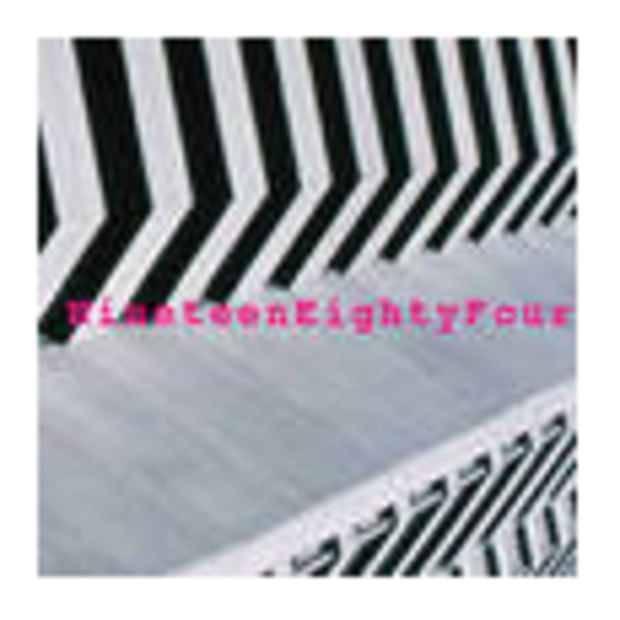"NineteenEightyFour" Exhibition
Austrian Cultural Forum NYC

This event has ended.
This exhibition examines the evolution of imagery and language in what has been described as our panoptic era. While its roots are grounded in the concepts that arose from the 1948 novel by George Orwell, "Nineteen Eighty-Four," which clearly reflected the historical background of totalitarianism, this exhibition attempts to distance itself from this source by considering forms of surveillance and control today, where an all-powerful apparatus as described in Orwell's work appears overly simplistic. The expansion of the scope of media, both through information technology innovations and connectivity, has shifted the frontier delineating public and private. Stereotypical notions, such as the ubiquitous eye of "Big Brother" and CCTV channels constantly recording the streetscape, seem less relevant as we enter a new age of alienation. It is now as if the objects and ideas we desire control us more deeply than those that Nineteen Eighty-Four's protagonist Winston Smith feared, and ultimately surrendered to, controlled him. In addition, the acceptability of constant self-exposure entices us into what can be called the “participatory panopticon.” As a result, the artists represented in this exhibition, all of whom live and work in Europe and the United States, continue to question the effects of surveillance systems on the subject, but also the possible subversive usage by the subject, in a variety of media – including painting, drawing, sculpture, photography, video and installation.
Four overlapping themes emerge against the background of these complex and recursive relationships. One addresses visuality and control, where the artists can be seen as working with forms of surveillance and anti-surveillance, and where systems are inverted or exposed, revealing their inherent blind spots and often descending into the realms of absurdity. A second approach deals with surreality, surveillance and the subconscious, which links together various visual perceptions in our panoptic era. Making up the third angle are works which utilize architectural representations as both tools of power and control as well as models for utopia through an investigation of urban environments. A final focus investigates the alienation inherent in contemporary language, which is especially apparent in communication through the use of new technology, for example in reductive webspeak and the sound bites of politicspeak. The use of meaningless or clichéd language, a phenomenon of which George Orwell was famously wary, is revealed in the work.
Media
Schedule
from May 27, 2010 to September 05, 2010
Opening Reception on 2010-05-26 from 18:00 to 20:00